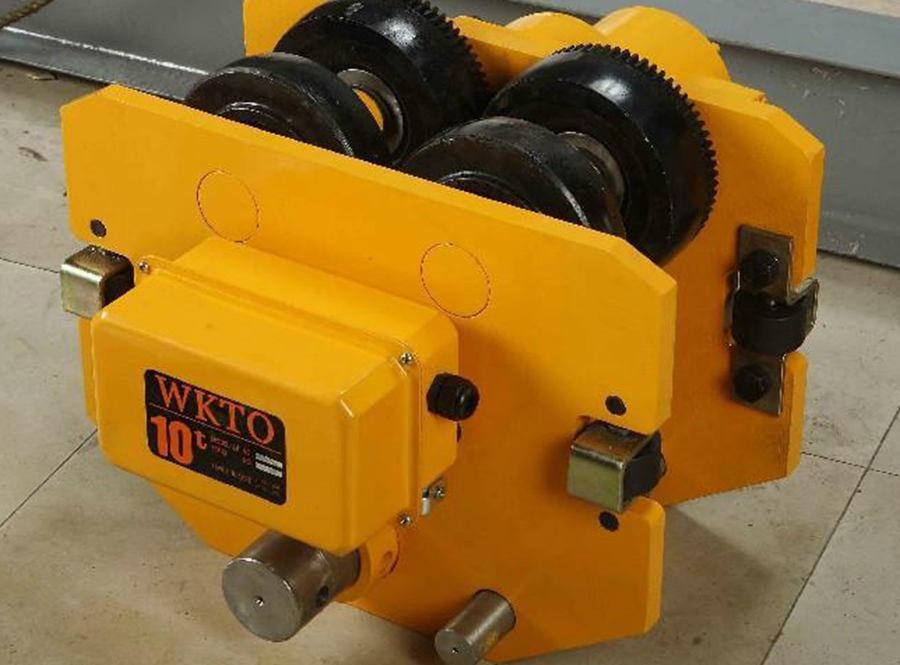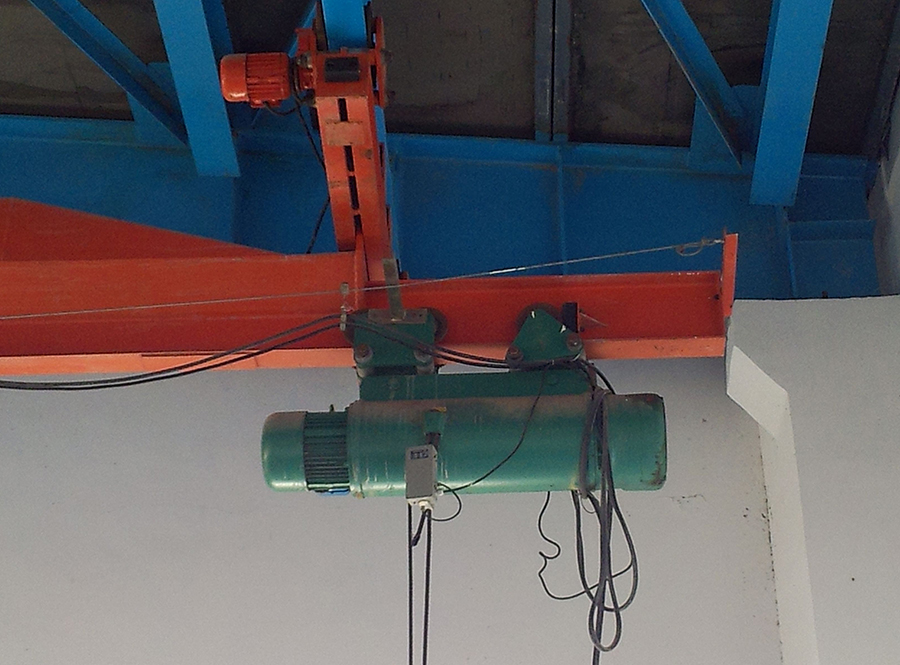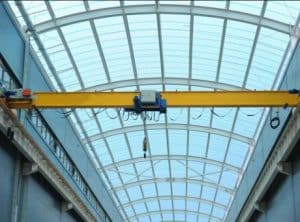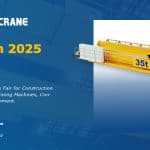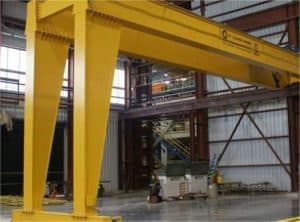The Производитель канатных талей — это небольшой подъемный инструмент, который обычно используется в различных отраслях промышленности. Вопросы безопасности канатных электрических талей очень важны. В этой статье обобщены технические аспекты безопасности канатных электрических талей.
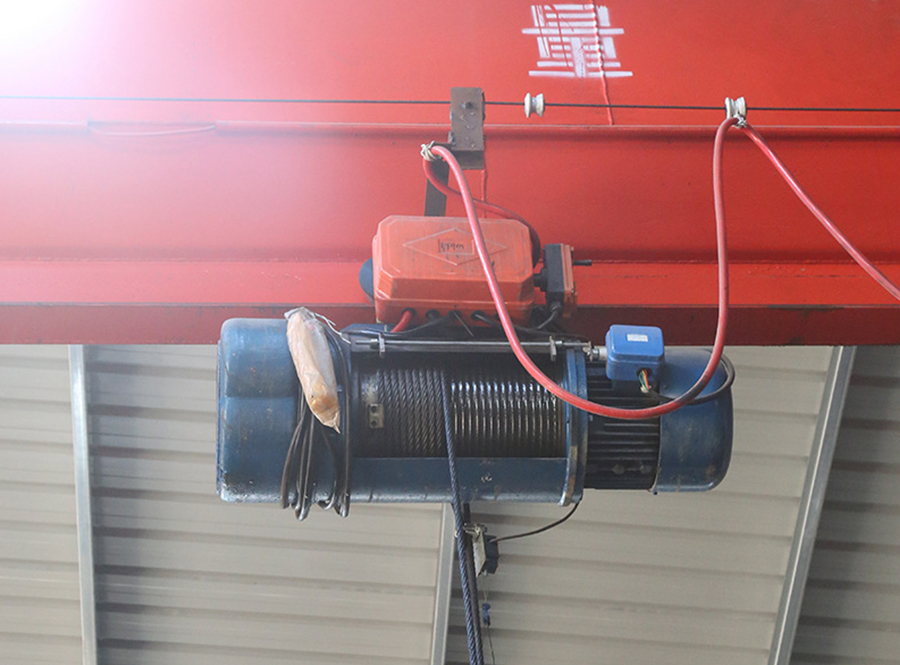
Конструкция канатной электрической тали
The канатных талей sevencrane (далее именуемый электрической талью) представляет собой подъемную таль, которая состоит из двигателя, редуктора, тормоза и т. д., и, наконец, наматывает подъемный канат на барабан или подъемную цепь на звездочку для приведения подъемного устройства в движение вверх и вниз. Электрическая таль может быть установлена отдельно на двутавровой балке или может быть установлена на электрических или ручных однобалочных, двухбалочных, консольных, козловых и других кранах.
В зависимости от наличия приводного механизма и типа приводного механизма электроталь подразделяется на: стационарную электроталь, однобалочную электроталь троллейного типа и двухбалочную электроталь троллейного типа.
Беспроводные канатные тали с дистанционным управлением , не имеющие рабочих механизмов и предназначенные для стационарного использования, можно разделить на два типа: опорного типа и подвесного типа в зависимости от различных методов установки.
Основными составными частями канатной электрической тали являются: механизм передвижения, двигатель, передаточный механизм, барабан и канат.

2. Риски безопасности при использовании электрических талей
Лучшие канатные тали для продажи — это подъемное оборудование. Из-за таких факторов, как эксплуатационные факторы, факторы оборудования и факторы окружающей среды, существуют серьезные риски, такие как травмы при подъеме, удары о предметы и падения с высоты.
1. К основным эксплуатационным факторам относятся:
(1) Неправильные методы подъема и ослабленное крепление могут привести к расцеплению, разбрасыванию или раскачиванию подъемных объектов и травмированию людей;
(1) Неправильные методы подъема и ослабленное крепление могут привести к расцеплению, разбрасыванию или раскачиванию подъемных объектов и травмированию людей;
(3) Столкновения, вызванные неправильным управлением и нескоординированными движениями.
2. Факторы оборудования в основном включают в себя:
(1) Выход из строя спредера, например, падение тяжелых предметов, вызванное повреждением крюков, тросов и их неподвижных частей;
(2) Несчастные случаи, вызванные отказом системы управления подъемным оборудованием или отказом предохранительных устройств, таких как ограничители веса, тормоза и т. д., например, отказ тормозного устройства, вызывающий удар и защемление тяжелых предметов;
(3) Несчастные случаи, вызванные недостаточной прочностью компонентов, например, несчастные случаи, вызванные обрушением или падением из-за неисправности креплений электрической лебедки;
(4) Несчастные случаи, связанные с поражением электрическим током, вызванные повреждением шнуров питания, электроприборов, плохой изоляцией, неправильным заземлением и т. д.;
(5) Сход с рельсов электрической лебедки или сход с рельсов, вызванный прогрызанием рельсов, чрезмерным износом или изгибом.
3 К основным факторам окружающей среды относятся:
(1) Несчастные случаи, связанные со столкновениями и выдавливанием, вызванные скоплением людей и беспорядком на месте проведения мероприятия;
(2) Столкновения, вызванные недостаточной яркостью, закрытой линией видимости и т. д.
(3) аварии с оборудованием, такие как сход с рельсов, обрушение и опрокидывание, вызванные сильными стихийными бедствиями, такими как молнии, порывы ветра, торнадо, тайфуны и землетрясения;








